
Nature
15:37, 05-Dec-2018
Rare 150-year-old slides show first animals kept in London Zoo
Updated
14:43, 08-Dec-2018
CGTN
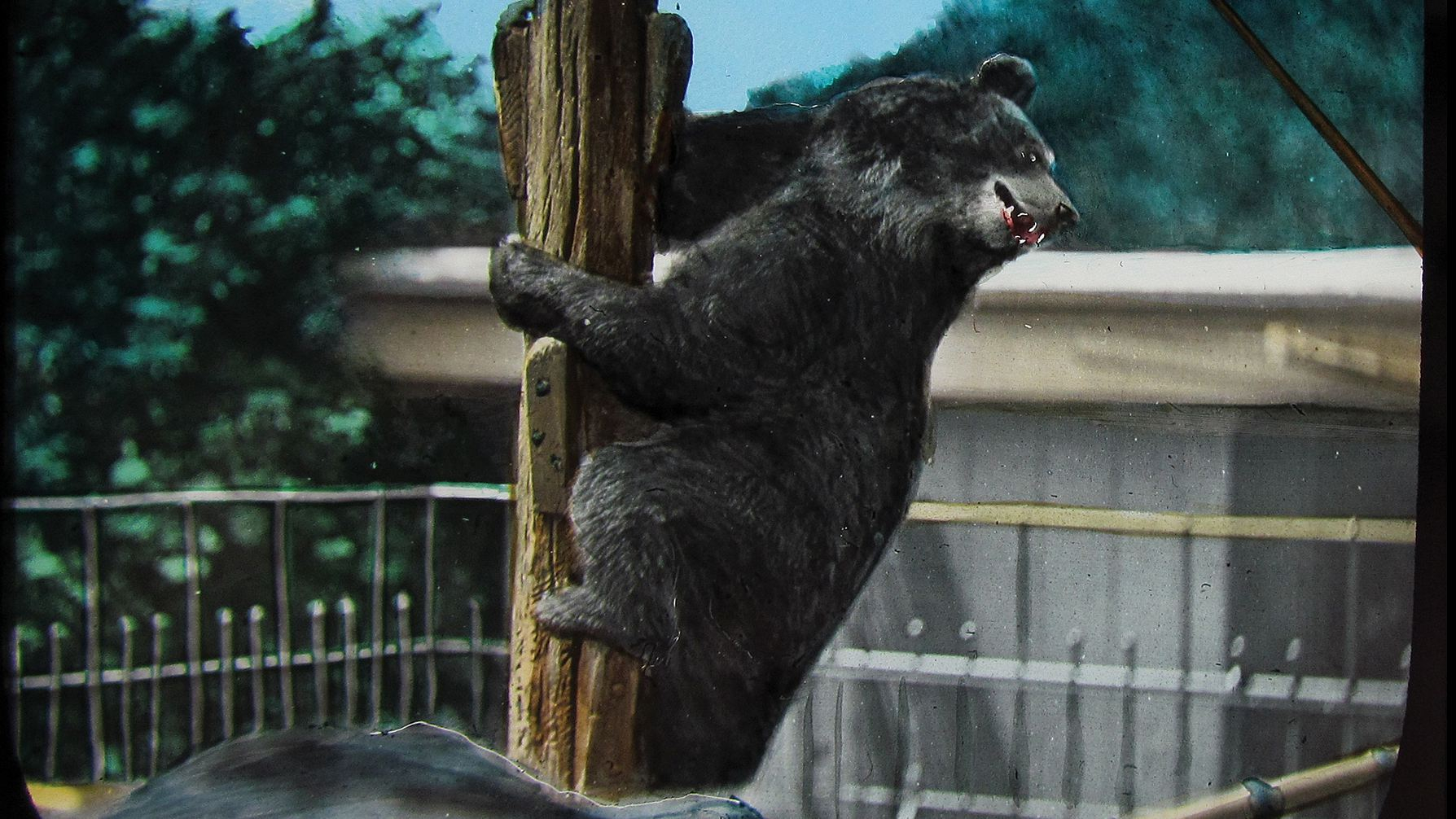
A striking collection of hand-colored slides of animals at London Zoo have emerged after almost 150 years. It includes extinct animals like the quagga, a type of zebra that died out in the late 19th century.
The pictures were taken by photographer Frederick York and then were transferred onto glass plates and hand-painted to add color. Only a few slides have survived.
The 48 fascinating “Magic Lantern” slides will be sold at David Lay in Penzance, a town in Cornwall, the United Kingdom, on December 6, at an estimated 3,000 pounds (about 3,800 U.S. dollars).
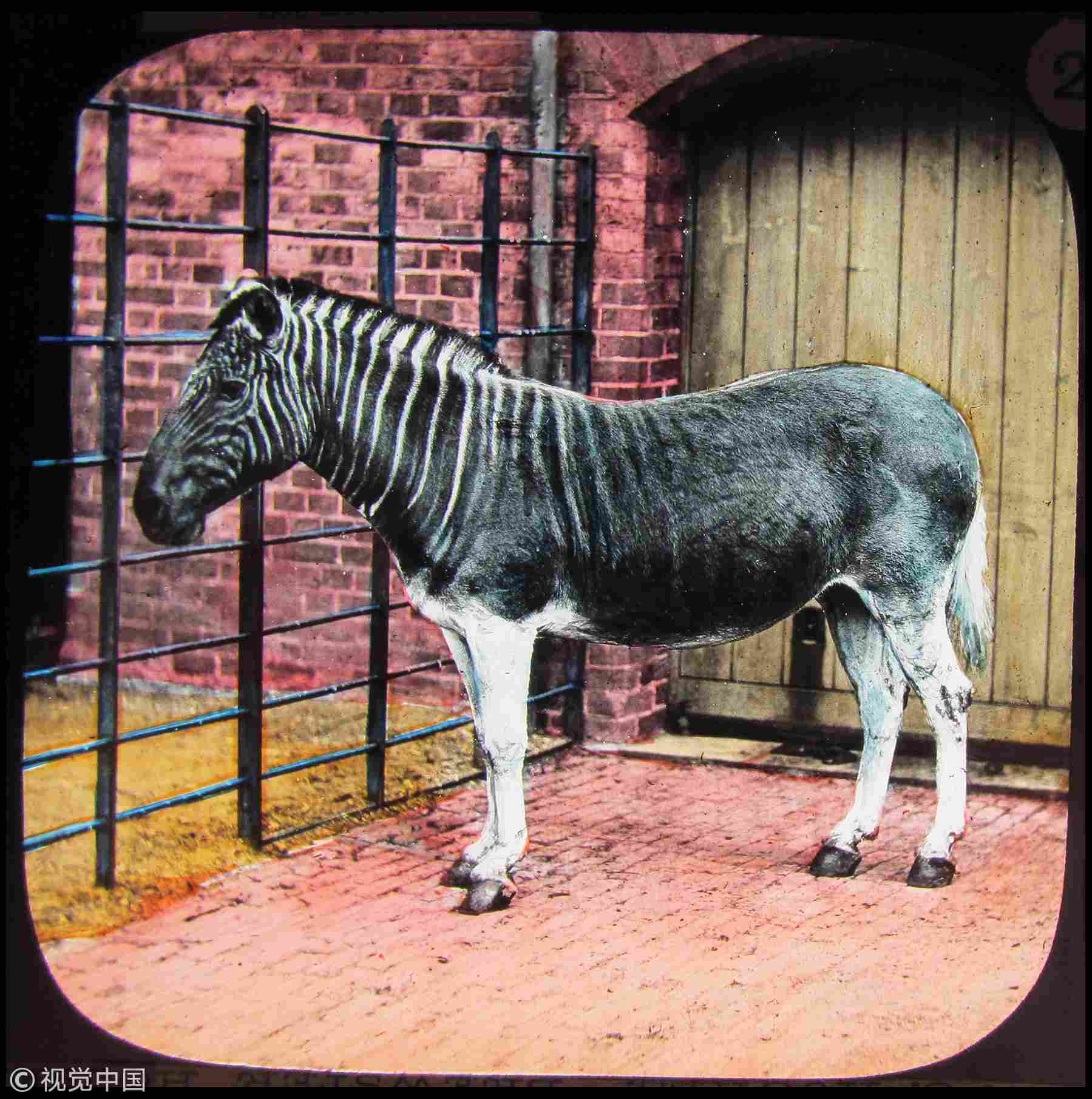
The quagga. /VCG Photo
The quagga. /VCG Photo
The quagga is a type of zebra of which only a handful of images exist. The animal went extinct in the wild by 1878, while the last captive specimen died in Amsterdam in 1883. It was also the first extinct animal to have its DNA analyzed.
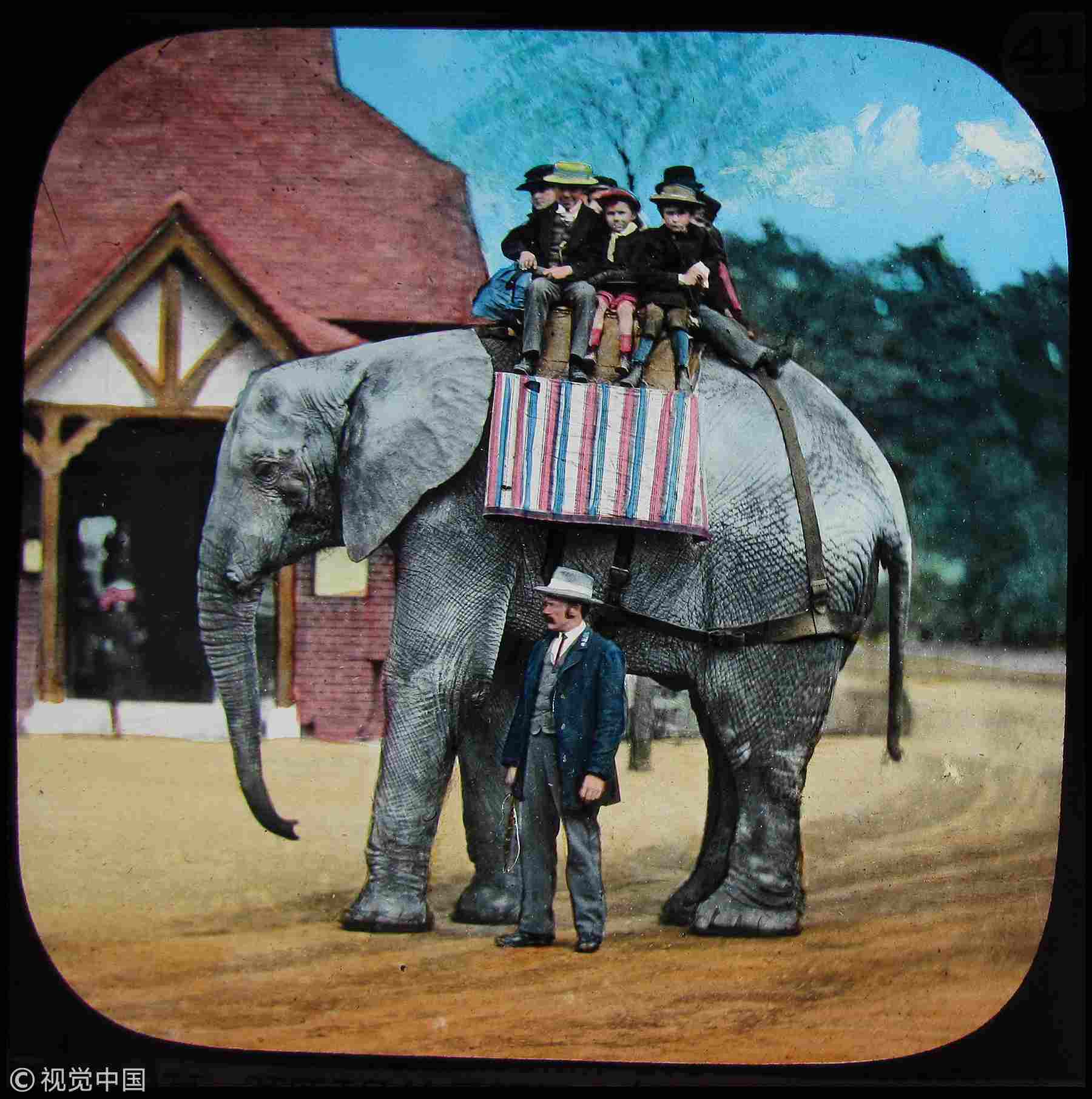
"Jumbo" the elephant. /VCG Photo
"Jumbo" the elephant. /VCG Photo
"Jumbo" was a 19th-century male African bush elephant born in Sudan, exported to a zoo in Paris and transferred in 1865 to London Zoo. The elephant was a popular attraction until he was sold to the Barnum & Bailey Circus in 1882.
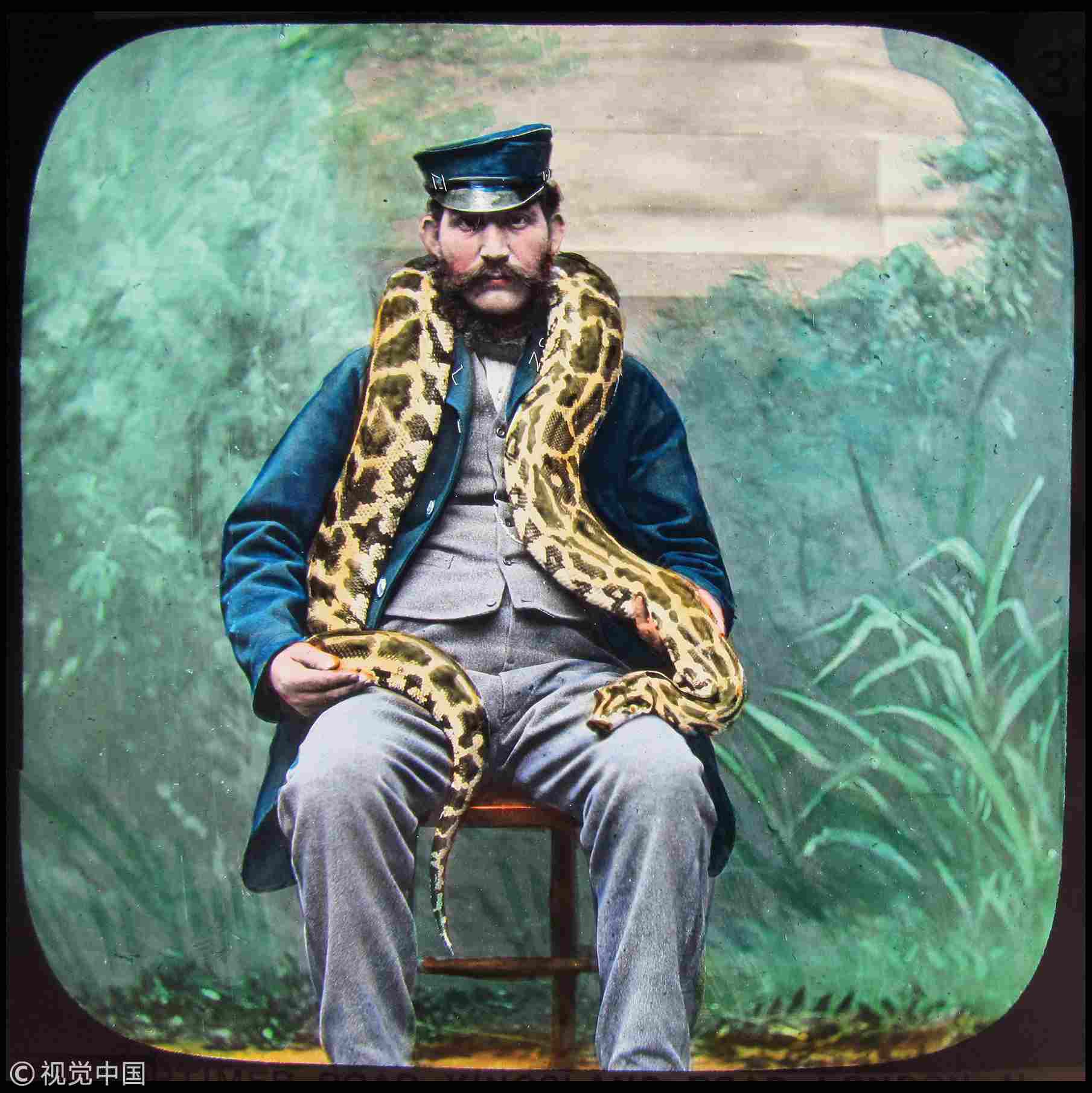
A zookeeper and a Boa constrictor. /VCG Photo
A zookeeper and a Boa constrictor. /VCG Photo
A zookeeper is seen with a Boa constrictor, a species of large, non-venomous, heavy-bodied snake. The boa constrictor is a member of the family Boidae, found in some islands in the Caribbean and tropical North, Central, and South America.
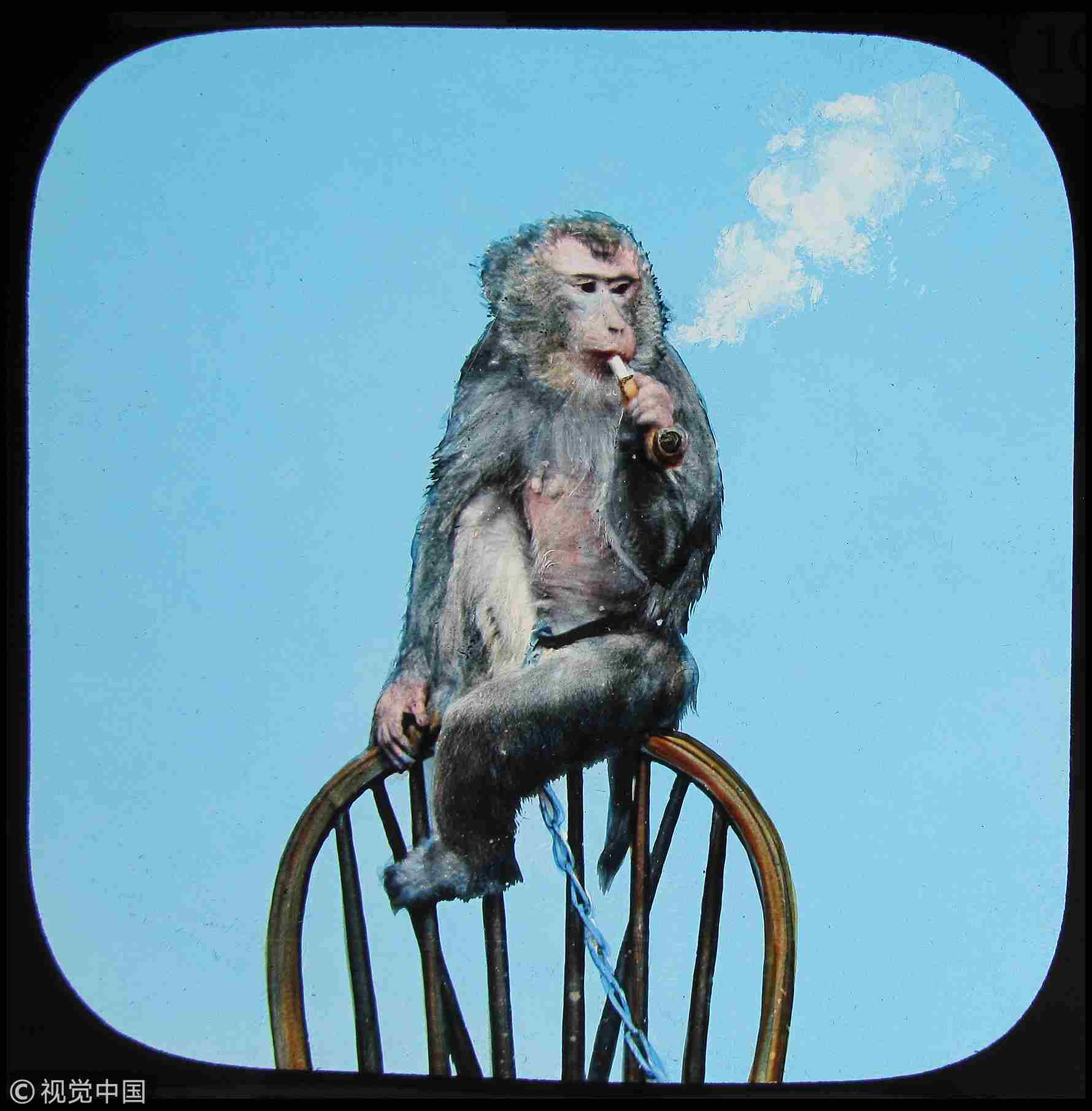
A monkey. /VCG Photo
A monkey. /VCG Photo
A monkey is seen here smoking a pipe, which can be considered controversial today.
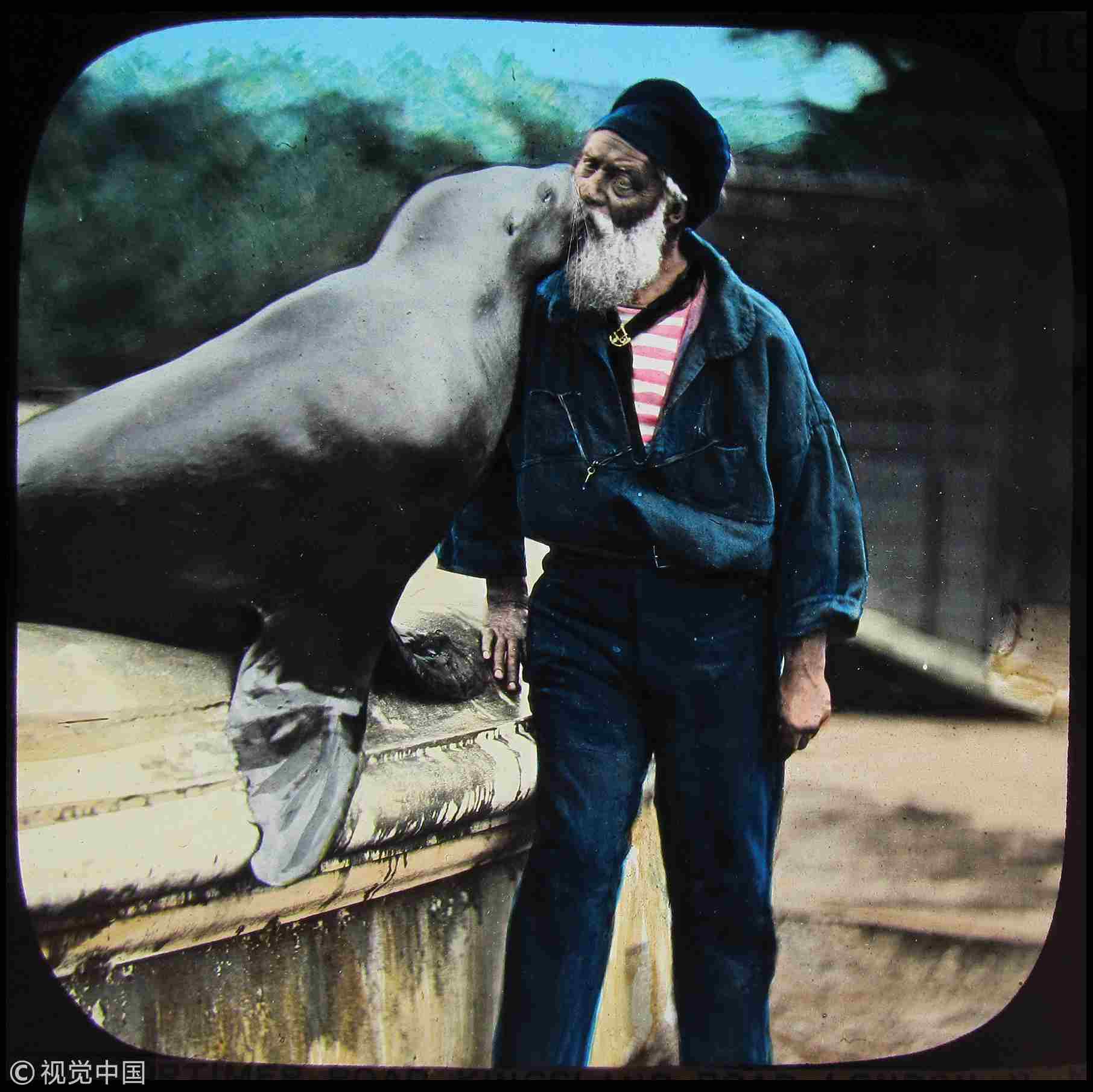
A zookeeper and a sea lion. /VCG Photo
A zookeeper and a sea lion. /VCG Photo
A zookeeper is seen with a sea lion here in the slide.
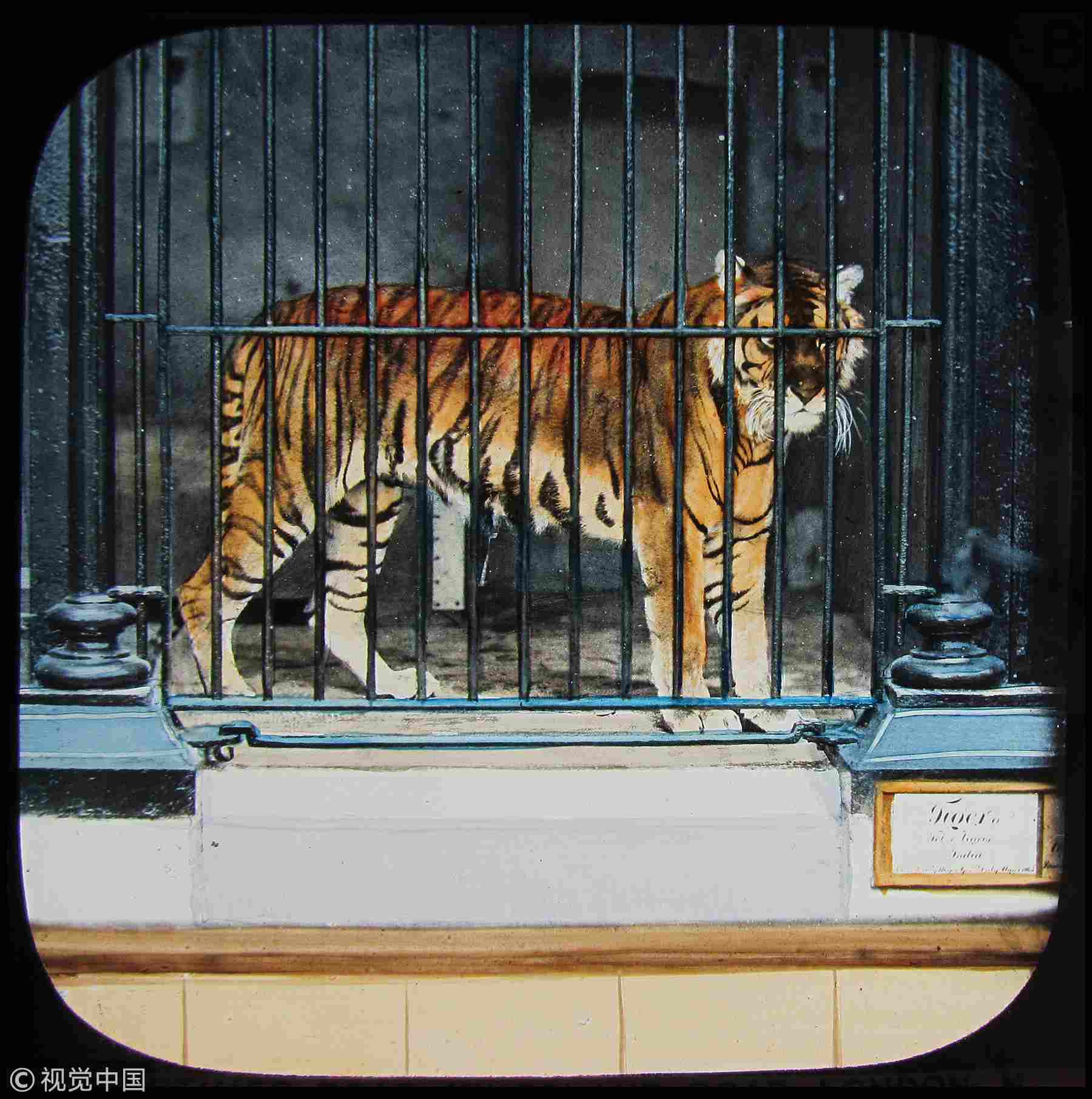
A tiger. /VCG photo
A tiger. /VCG photo
A tiger at the zoo is seen here caged. London Zoo was first opened on April 27, 1828, by the Zoological Society of London and was eventually opened to the public until 1847. It is the world's oldest scientific zoo.
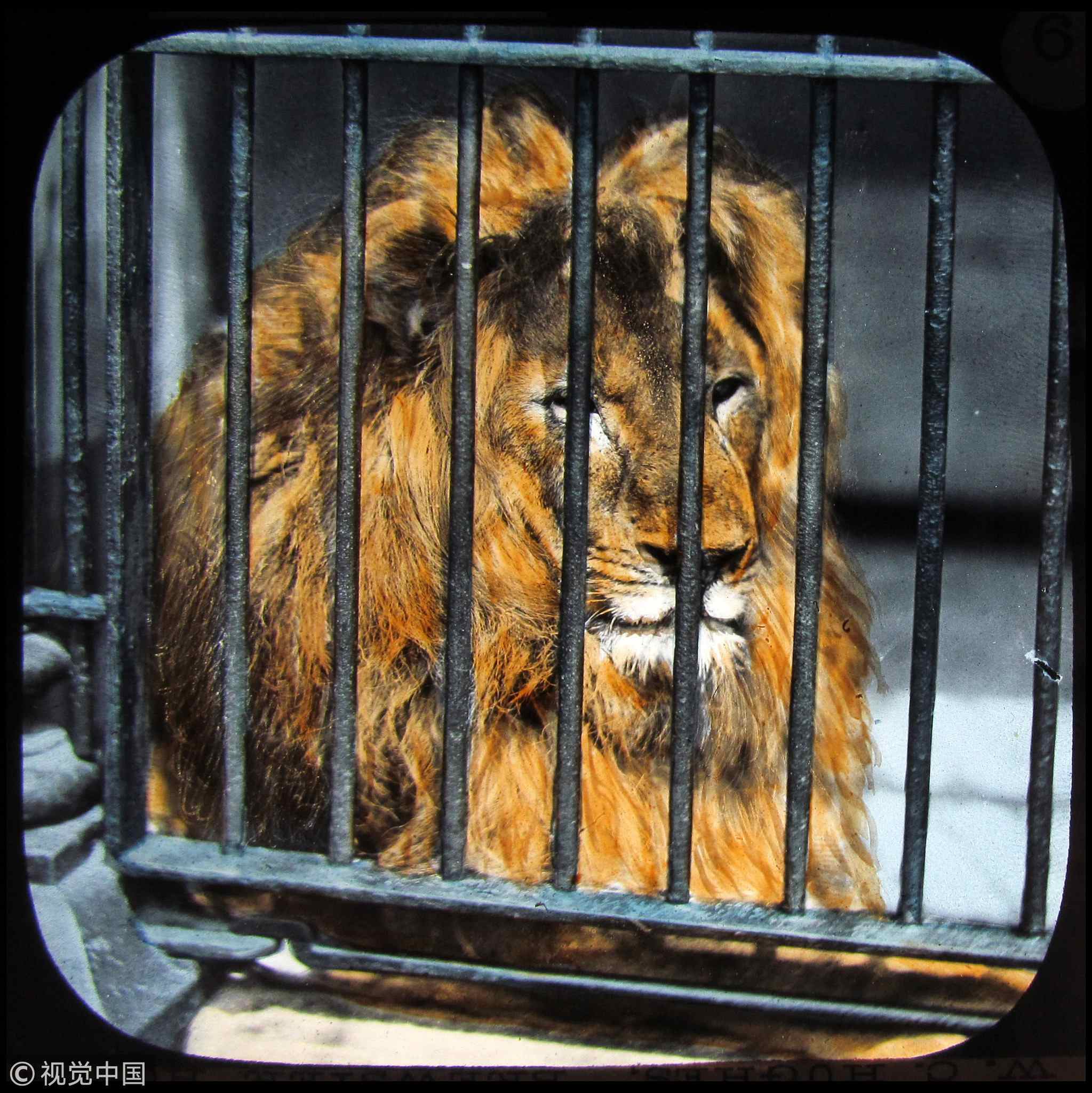
A lion. /VCG Photo
A lion. /VCG Photo
This Babylonian lion was another popular predator at the zoo.
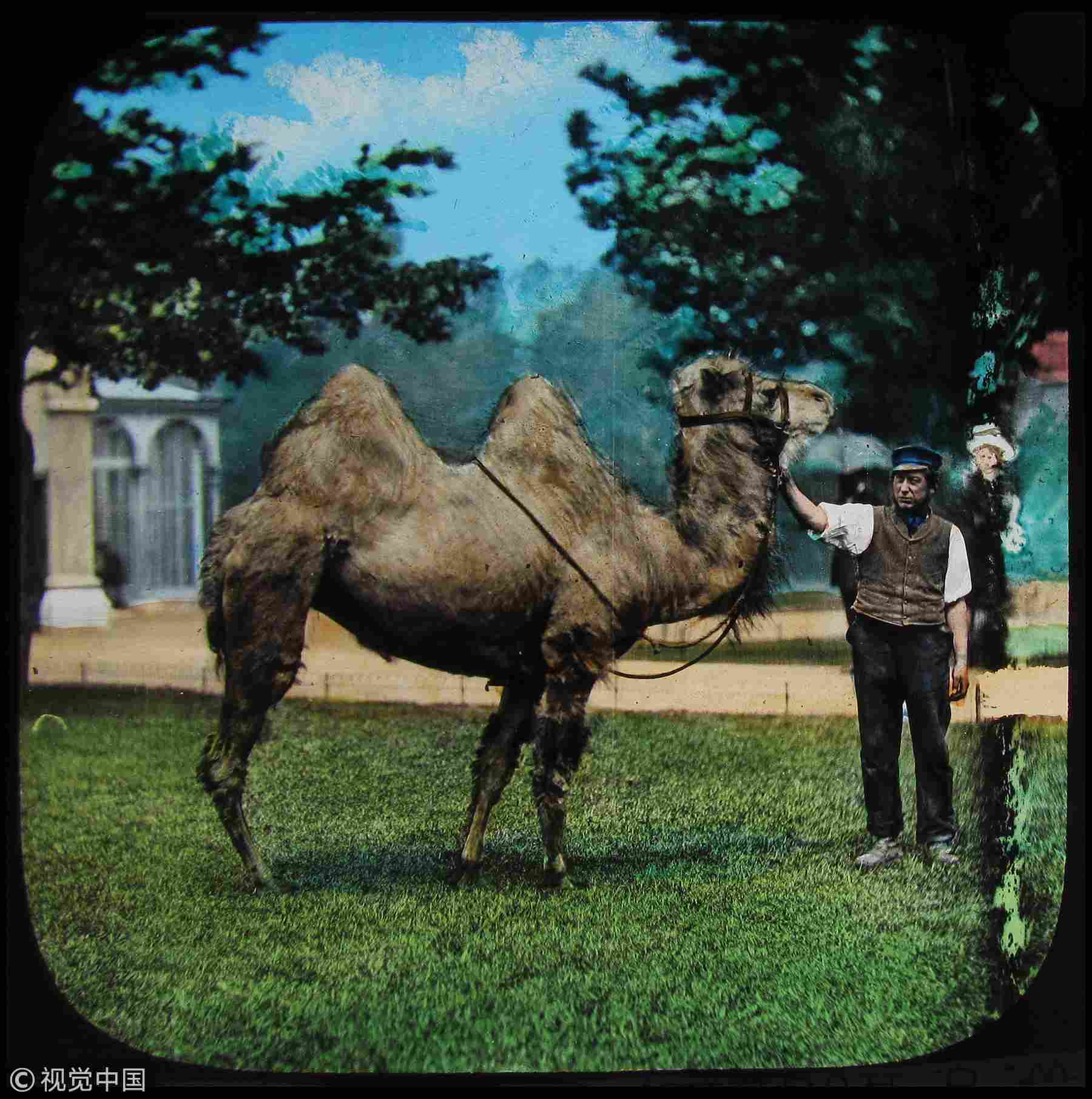
A zookeeper and a Bactrian camel. /VCG Photo
A zookeeper and a Bactrian camel. /VCG Photo
A zookeeper is seen here with a Bactrian camel, which has two humps on its back. Its name comes from the ancient historical region of Bactria.
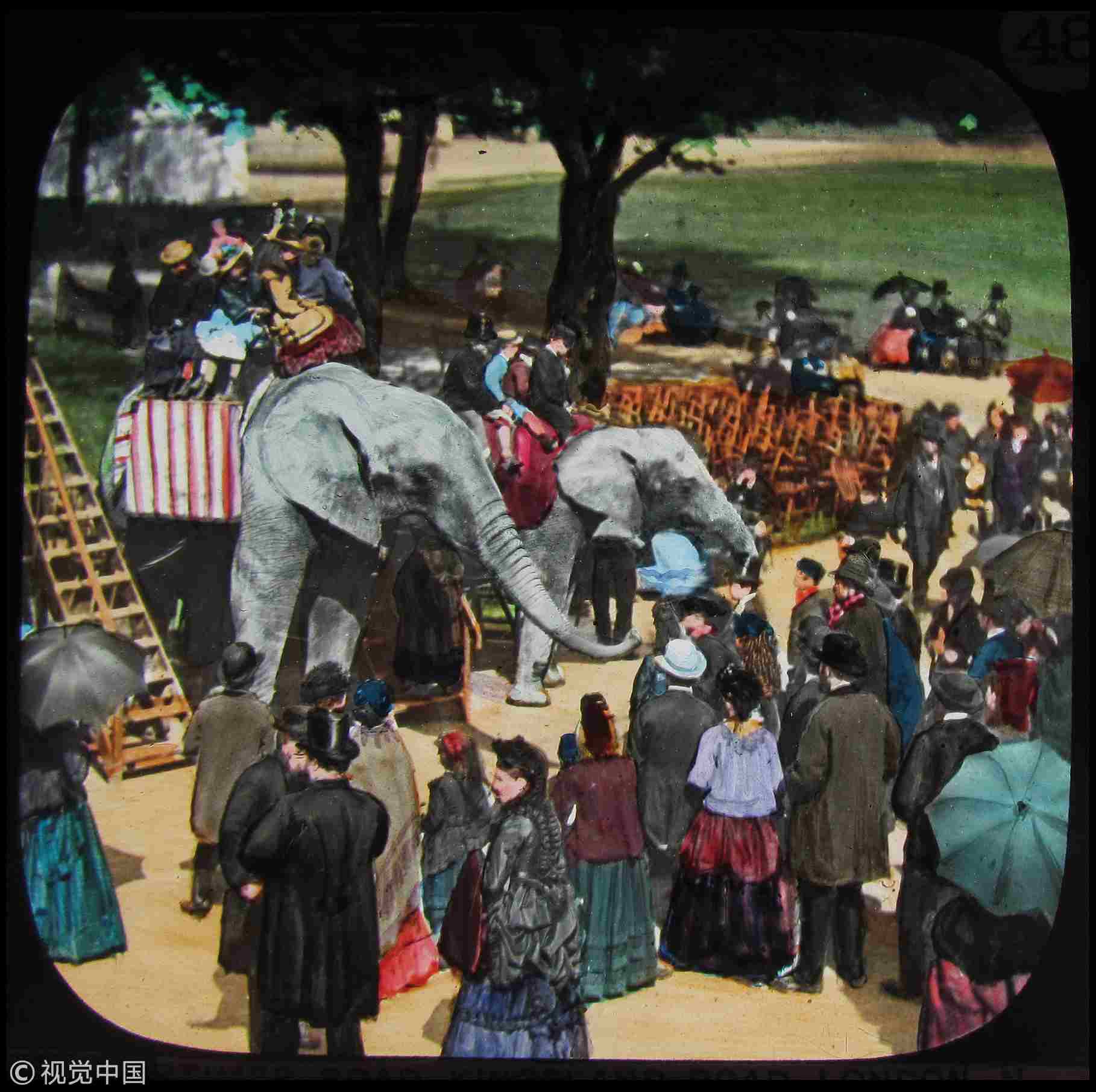
Elephants and people. /VCG Photo
Elephants and people. /VCG Photo
Elephants were very popular at the zoo – children could even ride on top of them.
Today, London Zoo houses a collection of 20,166 items from a spread of 698 animal species, making it one of the largest collections in the United Kingdom.

SITEMAP
Copyright © 2018 CGTN. Beijing ICP prepared NO.16065310-3
Copyright © 2018 CGTN. Beijing ICP prepared NO.16065310-3